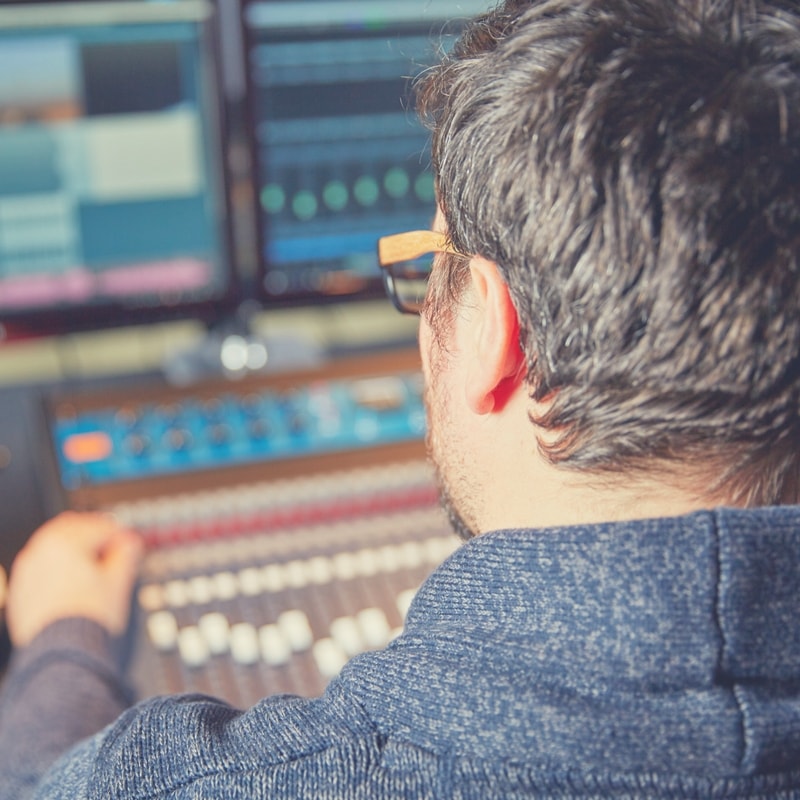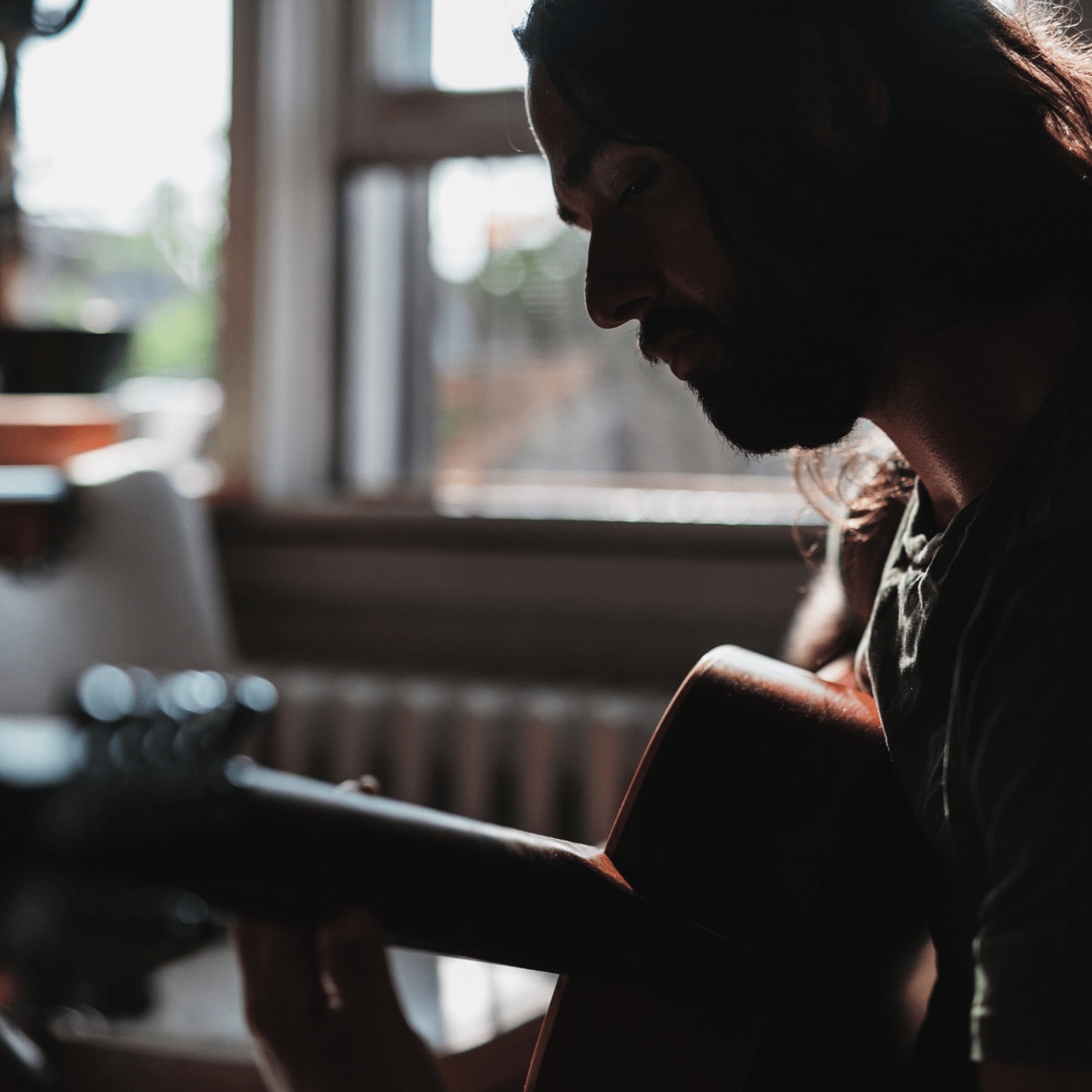Music Production Tips: How To Start A Track
This post shares some proven tips for electronic music producers on how to start a track. I’ve also made what will be the first in a series of YouTube videos on production, where I guide you through the process of getting your song started.
How to start a track in electronic music.
So, let’s face it. You’ve been dying to make music. After reading a bit and watching videos, you got a copy of Ableton and then… well, now what?!
You’re not alone. Many people are overwhelmed when they first open their software packages. There’s this weird-looking Excel grid in front of you, with all of these knobs and buttons. You thought it would be simpler, and many of your friends told you that making electronic music was actually very easy. Maybe not.
Here’s a method I’ve been using for over 10 years, and I’ve been teaching it as well. If you use it with discipline, you’ll get really awesome results after only a few sessions.
The 5-step method for making a song
But before I start, I want to give you my definition of what a song is, because this will help make sense of what follows.
A song is a recording of an idea that develops through a period of time, changing and evolving as it creates its own vocabulary. Two sub-ideas can be added to support the main idea, injecting a narration into the song that brings it to life.
- Drop a simple beat to begin. This is simple to get started with and will give you a good feel for the track. No need to get complicated for now. It will also help you to start jamming, because jamming over no beats is a bit awkward (though it’s still possible with practice). You won’t need the best kick in the world here. No time to design one, just drop something generic. I often say that you’ll finalize your kick selection once you know what the main idea you want to explore is. This will help you to stay in tune.
2. Create a quick structure for your song. This is temporary. One![]() of the most common myths about music production is that you create the structure as you go. This is not always true, nor is it practical. If you make some simple technical decisions at the beginning, you’re liberating your mind from the stresses of organization, while the limitations you impose on yourself here will even force you to be creative. It also gives you visual references for organizing the samples in the structure.
of the most common myths about music production is that you create the structure as you go. This is not always true, nor is it practical. If you make some simple technical decisions at the beginning, you’re liberating your mind from the stresses of organization, while the limitations you impose on yourself here will even force you to be creative. It also gives you visual references for organizing the samples in the structure.
3. Hunt for sounds. Here, there are no rules. You can buy samples, find some that are free, recycle some from past tracks, or go to sites like Splice and Puremagnetik to find fresh ideas. This is just to fuel Step 1, and also to prepare you for Step 4.
4. Do some sound design to develop or create new ideas. You imported sounds. Now put them in a sampler, morph them, and play with them to get something new. Slice loops, or open a synth and play with knobs while you record yourself. Make tons of recordings for this current song, but remember that they can be used in future productions as well. Then you can take what you like, drop them into the pre-organized structure, and decide how it starts, what it sounds like in the middle, and so on.
Nothing is permanent! This whole method is about finding the drive of your song. Once you get into production, then things will get a bit more serious.
Coming to a session with no preconceived idea in mind is the best way to remain open to new possibilities. If you go into the studio with an idea that you want to try, you might spend a lot of time tweaking and might miss all of those happy accidents.
5. Save your project and close it. I always suggest not working more than 1 hour on a project. After an hour, save and close it, and do something else. Your concentration and creativity will degrade over time. Next time you open the song, after a few days, you’ll know right away what works and what doesn’t. And having already begun the track, you will have a have a fresh energy, which is ideal to kickstarting the next next step.
Check out this video tutorial I made on how to start a track, and subscribe to my YouTube channel if you like what you see!
SEE ALSO : Music Production And Studio Tips













Leave a Reply
Want to join the discussion?Feel free to contribute!